Beyond Metrics – Why Human Capital is Key in Founding and Leadership Team Assessments
N2Growth Blog
NOVEMBER 5, 2024
Shifting Perspectives: The Importance of Human Capital Historically, past successes were used as benchmarks for evaluating founding and leadership teams of portfolio companies. This is especially crucial in early-stage companies, where human capital often plays a pivotal role in determining the trajectory of growth.”










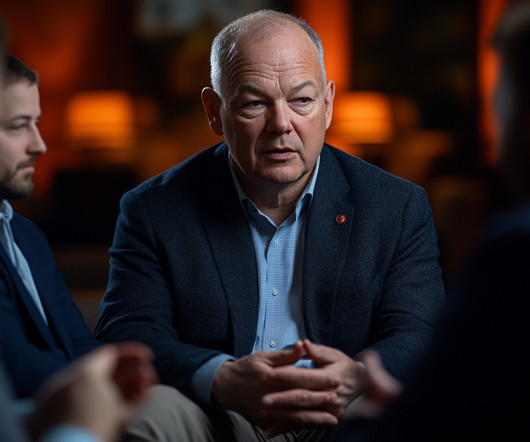










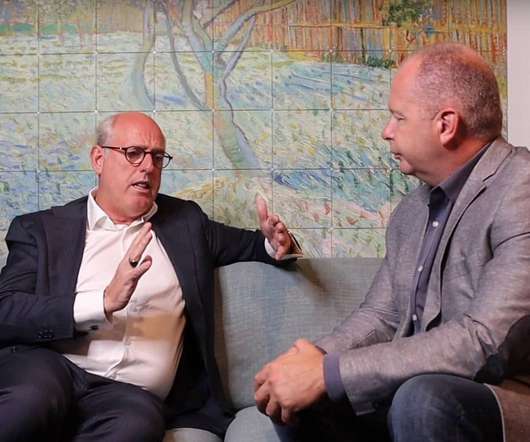




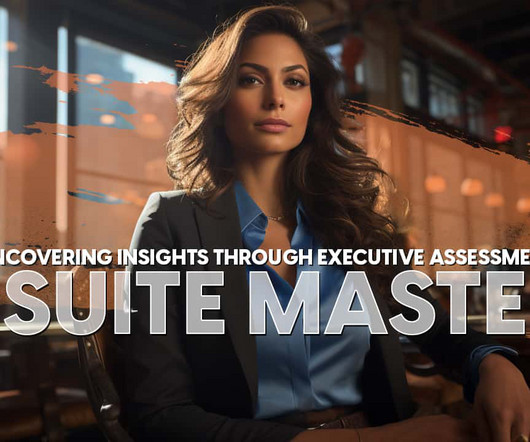



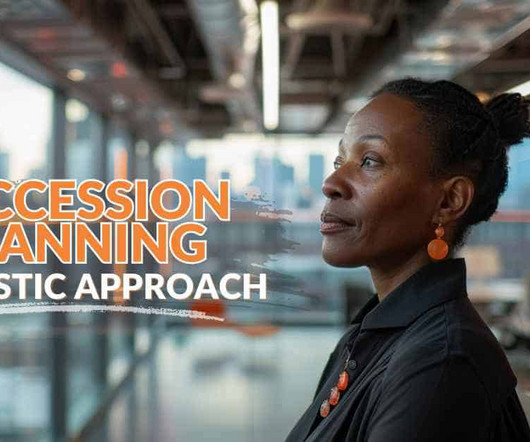

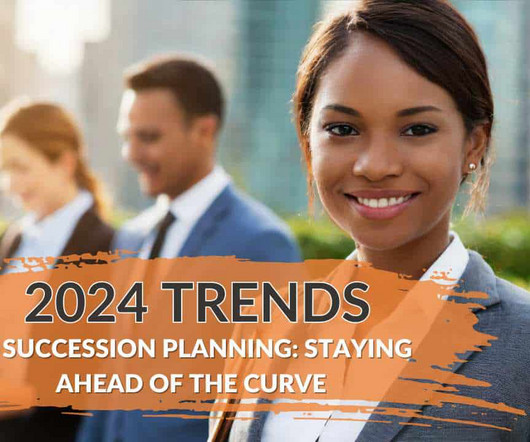
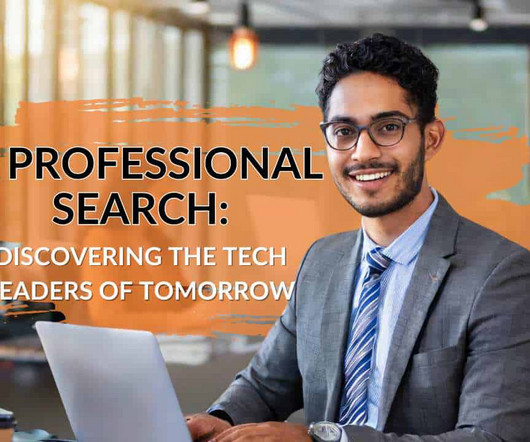








Let's personalize your content